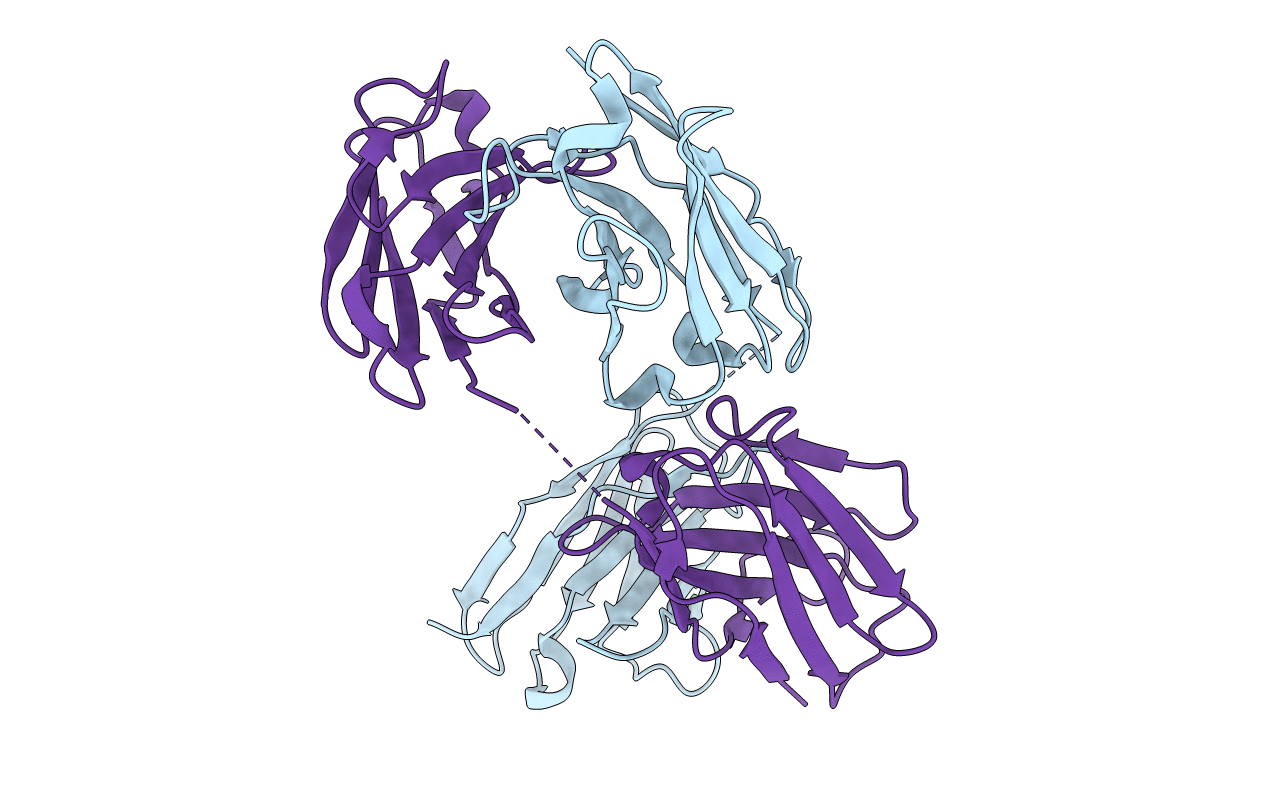
Deposition Date
2016-08-13
Release Date
2016-10-12
Last Version Date
2024-10-16
Method Details:
Experimental Method:
Resolution:
2.70 Å
R-Value Free:
0.30
R-Value Work:
0.24
R-Value Observed:
0.24
Space Group:
C 1 2 1


